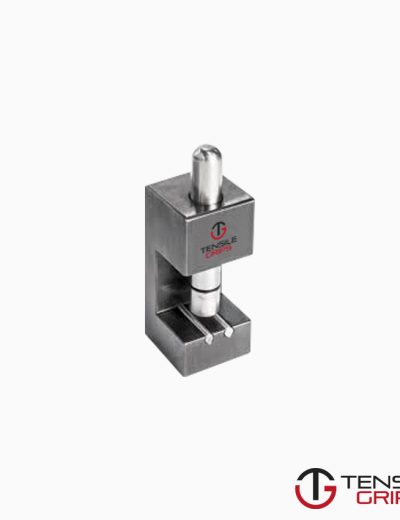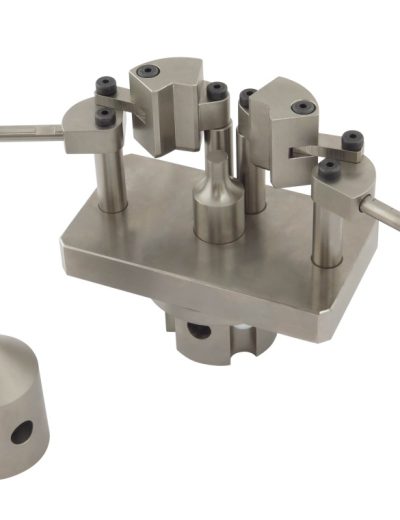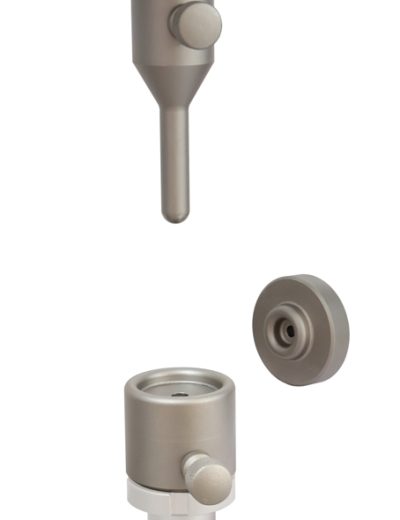ASTM C1161 Test Fixture
ASTM C1161 specifies a procedural overview for the bend testing of ceramics.
Please Contact With Us For More Information
ASTM C1161 – Standard Test Method for Flexural Strength of Advanced Ceramics at Ambient Temperature
ASTM C1161 specifies a procedural overview for the bend testing of ceramics.
ASTM C1161 requires a three point and a four point bend test of the ceramic specimen.
The three point bend test is a simple beam loaded at the center. The four point bend test is also a simple beam loaded at the quarter points.
Four point test jigs tend to be easier to set up and they apply an even load across the sample.
Solution
The bearing edges for the test fixture must be cylindrical and made of hardened steel or ceramic.
The bearing edges must be free to rotate to reduce friction and insure a load perpendicular to the test specimen.
This requirement does not apply to the center edge in the three point bend test. In the four point bend test
However, if the test specimen doesn’t meet the C1161 requirements for parallelism, then a semi-articulating fixture can be used.
If the test specimen does not meet the C1161 requirements for parallelism then a fully-articulating fixture must be used.
Analysis
Flexural Strength is given by the maximum stress that the sample can withstand before snapping.
Ceramics tend to be brittle materials so it is very rare when the test does not result in a fracture failure.
Flexural Modulus can also be dervied from the stress/strain data.








